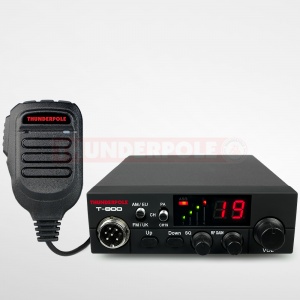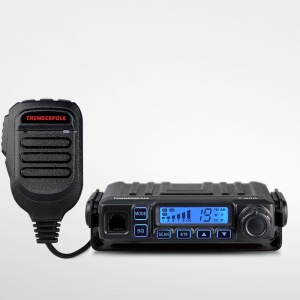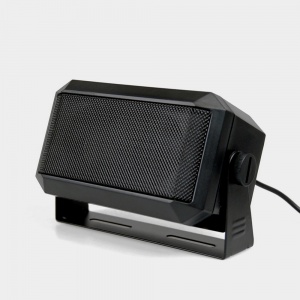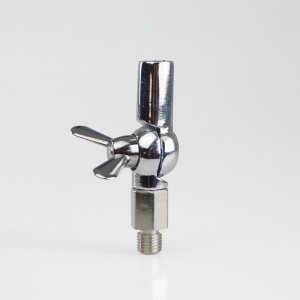PMR446 Walkie Talkies
Licence Free 2 way radios
This initiative was part of a broader strategy to standardize personal radio communications, making it easier and more accessible for individuals and businesses to communicate wirelessly without the need for costly licensing or complex equipment setups.

Range and Performance

What affects PMR446 radio range and what's the optimal range?
The typical range of communication for PMR446 radios is approximately 2 miles, although this can vary significantly depending on environmental conditions. Factors such as terrain, obstacles like buildings or trees, and atmospheric conditions can all affect the effective range of these devices. The legal power output for PMR446 radios is limited to 500mW (milliwatts), which is sufficient for short-range communications but ensures that the radios do not interfere with other devices and services.
Usage and Applications
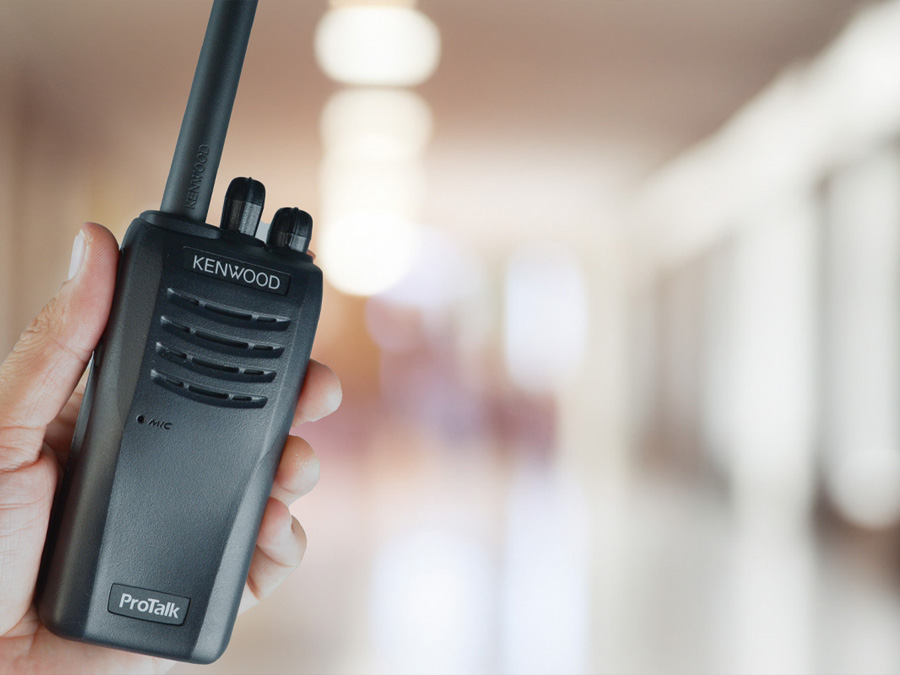
Where are PMR446 radios most used and why?
PMR446 radios are used in a wide array of settings, from personal leisure activities such as hiking and camping, to professional business operations including event management, retail environments, education sector, and construction sites. The licence-free aspect makes them an attractive option for small businesses and individuals who need reliable communication without the ongoing costs or administrative burden of licensed radios.
Channel Specifications
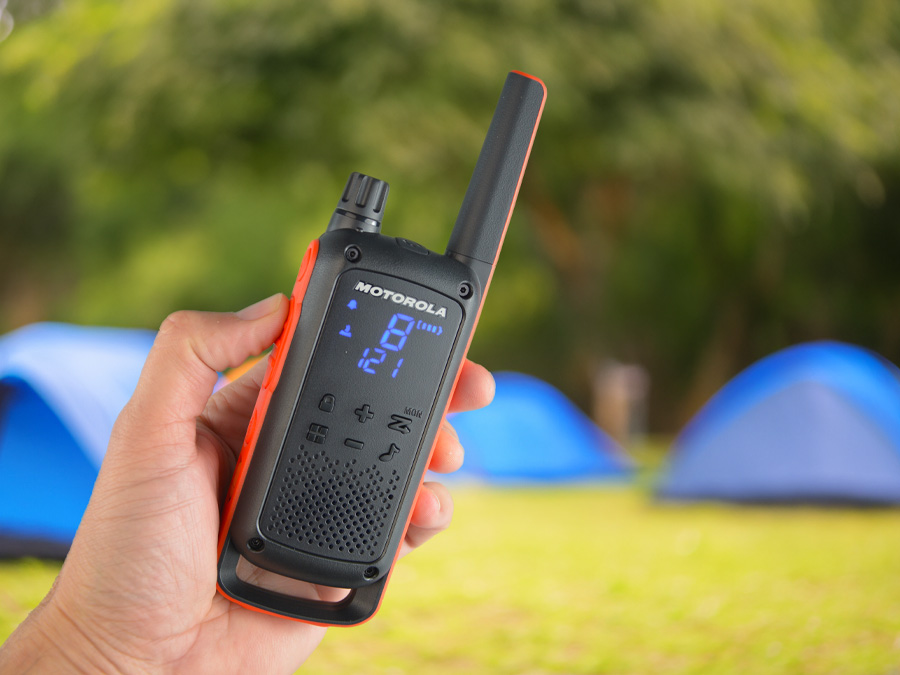
How do PMR446's RF channels and CTCSS tones work?
PMR446 operates on 16 designated RF (radio frequency) channels, with each channel having 38 CTCSS (Continuous Tone-Coded Squelch System) tones. CTCSS tones are sub-audible tones that allow multiple groups to share the same channel without disturbing each other, as a radio will only unmute to its programmed tone. The frequencies of these channels start at 446.00625 MHz and increase in steps to 446.19375 MHz, providing a spectrum designed for clear communication with minimal interference from other users within the range.
There are 16 separate RF channels with 38 CTCSS tones on each.
The channel frequencies are listed below;
- 446.00625
- 446.01875
- 446.03125
- 446.04375
- 446.05625
- 446.06875
- 446.08125
- 446.09375
- 446.10625
- 446.11875
- 446.13125
- 446.14375
- 446.15625
- 446.16875
- 446.18125
- 446.19375
Impact on Communication

How has PMR446 affected two-way radio communication?
The introduction of PMR446 significantly democratised two-way radio communication by removing the barriers of licensing and cost. It has enabled efficient, effective communication for millions of users across Europe, enhancing safety, coordination, and operational efficiency in both personal and professional contexts.
In conclusion, PMR446 walkie-talkies have played a pivotal role in making two-way radio communication more accessible and affordable. As technology advances, these devices continue to offer diverse solutions to meet the evolving needs of users, reinforcing their value in a wide range of applications.




